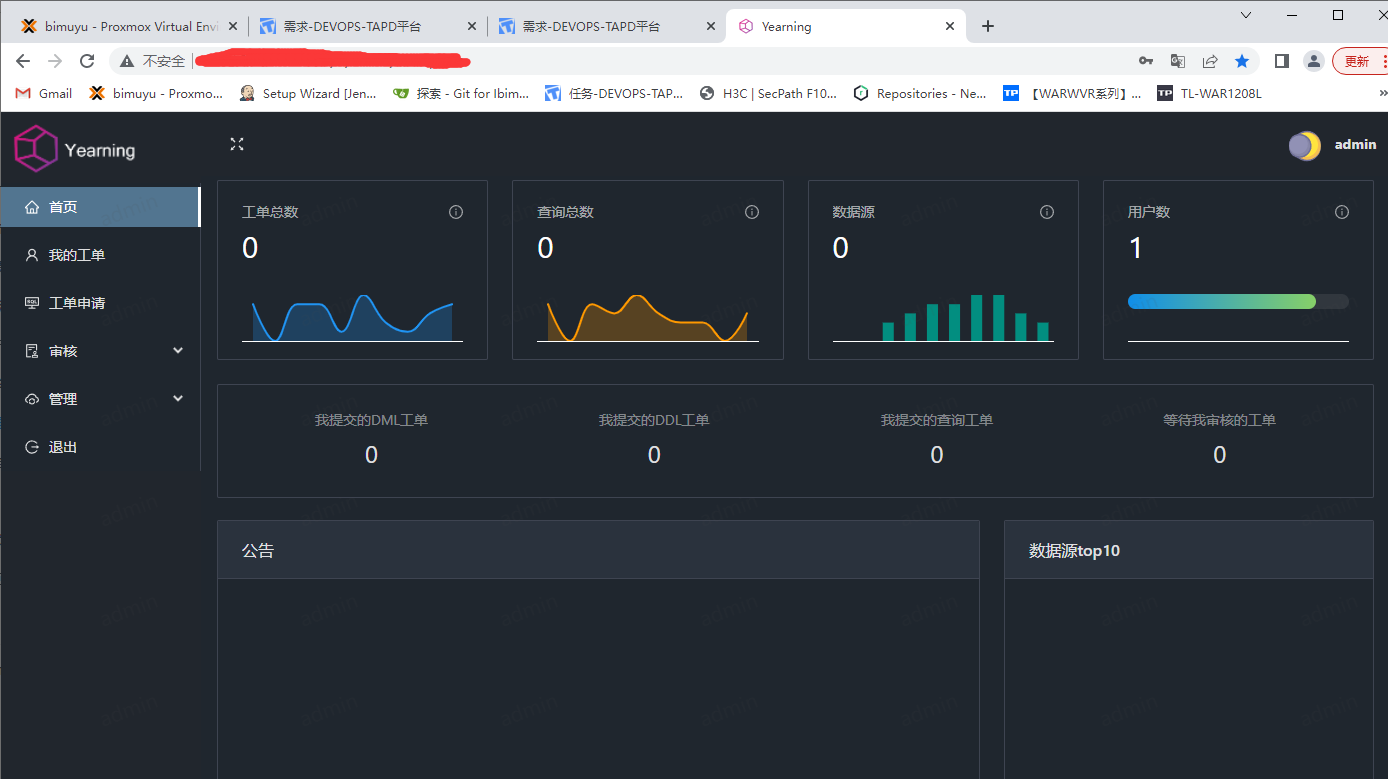当前位置:网站首页>Embedded interview questions (algorithm part)
Embedded interview questions (algorithm part)
2022-07-07 18:54:00 【Tree programming knowledge house】
Algorithm part of embedded interview questions
- One 、 Base part
- 1、 The difference between arrays and linked lists ?
- 2、C Language program code optimization method
- 3、 The difference between heap and stack ?
- 4、 What are the advantages, disadvantages and applicable scenarios of inline functions ?
- 4、 What is the output of the following code ?
- 5、 Structure struct And consortia union The difference between ?
- 6、 There are several ways to pass function parameters ?
- 7、 The difference between heap and stack ?
- Two 、 The algorithm part
- 1、 How to interpret the large and small end storage mode of a system ?
- 2、 Verify the palindrome string : Given a string , Verify that it is a palindrome string , Consider only characters and numeric characters , The case of letters can be ignored
- 3、 Write a program , Function required : Find out and use 1,2,5 The sum of the three different numbers is 100 The number of combinations of . Such as :100 individual 1 It's a combination ,5 individual 1 Add 19 individual 5 It's a combination .
- 4、 Determine if the list has links .
One 、 Base part
1、 The difference between arrays and linked lists ?
(1) The number of elements of the array must be determined when defining , And the types of elements must be consistent ; The number of elements in the linked list is free , And there can be different types of data in the element .
(2) The elements of the array are stored sequentially in memory , The elements of the linked list are stored randomly .
(3) To access the elements of the array, you can access them by subscript index , It's quite fast ; If you insert it / If the operation is deleted , You have to move a lot of elements , So insert the array / The deletion operation is inefficient . Because the linked list is stored randomly , If you want to access an element in the linked list , Then you have to traverse one by one from the head of the list , Until you find the element you need , So the efficiency of random access of linked list is lower than that of array ; The linked list is inserting / It's very efficient to delete ( Relative arrays ). In one sentence : The access efficiency of array is high , And the insertion of linked list / Efficient deletion .
2、C Language program code optimization method
(1) Choose the right data structure and Algorithm ;
(2) Use as small a data type as possible ;
(3) Use self adding 、 Minus instruction ;
(4) Using shift to realize multiplication and division ;
(5) For remainder operation &( Such as a=a%8 Change it to a=a&7);
(6) Square operation with *( Such as a=pow(a,2.0) Change it to a=a*a);
(7) The delay function is changed from self addition to self subtraction ;
(8)switch Statement according to the frequency of occurrence case Sort ;
(9) Reduce the intensity of the operation .
3、 The difference between heap and stack ?
| C Heap and stack for language memory allocation | The stack grows downward , Allocate function parameters and local variables in the stack , The allocation method is similar to the stack in the data structure . The pile is growing up , Allocate the memory space requested by the programmer in the heap ( Once you forget to release, it will cause memory leakage ), The allocation method is similar to the linked list in the data structure |
|---|---|
| Heap and stack of data structures | Stack is an advanced and backward data structure . Heap is a sort tree data structure ( It's usually a binary pile ), Each node has a value , The value of the root node is minimum or maximum , Often used to implement priority queues , Heap storage is arbitrary |
4、 What are the advantages, disadvantages and applicable scenarios of inline functions ?
(1) advantage : Inline functions, like macro definitions, expand in place , It saves the cost of function calls , At the same time, it can do type check .
(2) shortcoming : It will increase the amount of code in the program , Consume more memory space .
(3) Applicable scenario : There is no loop in the function body ( Short execution time ) And the code is short ( It takes up little memory space )
4、 What is the output of the following code ?
#include<stdio.h>
void main()
{
int a[5] = {
1, 2, 3, 4, 5};
int *ptr = (int *)(&a + 1);
printf("%d, %d", *(a + 1), *(ptr - 1));
}
answer : Output is 2, 5
Reading : a Is the address of the first element of the array , therefore *(a + 1) That's the second element a[1].&a Is the array address , therefore &a +1 Is the next address at the end of the entire array ,*(ptr - 1) Namely a[4].
5、 Structure struct And consortia union The difference between ?
(1) The biggest difference between the two is the use of memory .
(2) Each member of the structure has its own memory , Use each other without interference , Follow the memory alignment principle .
(3) All members of the consortium share a memory space , And at the same time, only one member can get the right to use this memory . The total length of a consortium variable should at least accommodate the largest member variable , And the memory needs to be supplemented .
6、 There are several ways to pass function parameters ?
(1) Two kinds of : Value passed 、 Pointer passing .
(2) Strictly speaking , There's only one delivery , Value passed , Pointer passing is also by value , The copy is the address .
7、 The difference between heap and stack ?
| C Heap and stack for language memory allocation | The stack grows downward , Allocate function parameters and local variables in the stack , The allocation method is similar to the stack in the data structure . The pile is growing up , Allocate the memory space requested by the programmer in the heap ( Once you forget to release, it will cause memory leakage ), The allocation method is similar to the linked list in the data structure |
|---|---|
| Heap and stack of data structures | Stack is an advanced and backward data structure . Heap is a sort tree data structure ( It's usually a binary pile ), Each node has a value , The value of the root node is minimum or maximum , Often used to implement priority queues , Heap storage is arbitrary . |
Two 、 The algorithm part
1、 How to interpret the large and small end storage mode of a system ?
(1) Method 1 :int Cast type to char , use “[]” Quoting
void checkCpuMode(void)
{
int c = 0x12345678;
char *p = (char *)&c;
if(p[0] == 0x12)
printf("Big endian.\n");
else if(p[0] == 0x78)
printf("Little endian.\n");
else
printf("Uncertain.\n");
}
(2) Method 2 :int * Cast type to char , use “” Quoting
void checkCpuMode(void)
{
int c = 0x12345678;
char *p = (char *)&c;
if(*p == 0x12)
printf("Big endian.\n");
else if(*p == 0x78)
printf("Little endian.\n");
else
printf("Uncertain.\n");
}
(3) Method 3 : contain short Follow char Common body of
void checkCpuMode(void)
{
union Data
{
short a;
char b[sizeof(short)];
}data;
data.a = 0x1234;
if(data.b[0] == 0x12)
printf("Big endian.\n");
else if(data.b[0] == 0x34)
printf("Little endian.\n");
else
printf("uncertain.\n");
}
Big end small end mode :
Big end model : It refers to that the contents of the low byte order of a data are placed at the high address , The contents of the high-order byte memory are placed at the low address .
The small end model : It refers to that the low byte order content of a data is stored at the low address , The contents of the high byte order are stored at the high address .
Such as : a number 0x12345678 Store in a 4 In byte space
0x12345678 in ,1234 Belong to high position , If the first byte of the low address is stored 0x12 be Is a high byte Stored in the low address , It's big end mode .
Low address --------------------> High address
0x12 | 0x34 | 0x56 | 0x78
Such as : a number 0x12345678 Store in a 4 In byte space
0x12345678 in ,1234 Belong to high position , If the first byte of the low address is stored 0x12 Is the high byte Stored in High address , It's small end mode .
Low address --------------------> High address
0x78 | 0x56 | 0x34 | 0x12
Link to the original text :https://blog.csdn.net/ALakers/article/details/116225089
2、 Verify the palindrome string : Given a string , Verify that it is a palindrome string , Consider only characters and numeric characters , The case of letters can be ignored
( Palindrome string is a left-right symmetrical string , Such as "A man, a plan, a canal: Panama")
Ideas : Double finger needling , A pointer to the beginning of a string , The other one points to the end of the string , Both hands go to the middle
Move and look for characters and numbers , And turn the letters into lowercase , And then compare if it's the same , If not, return false, If the same, continue to look …… So circular , If you don't return until two pointers meet false, Then return to true.
bool isPalindrome(char * s)
{
char *left = s, *right = s + strlen(s) - 1;
if(strlen(s) == 0) return true;
while(left < right)
{
while(!((*left >= 'a' && *left <= 'z') || (*left >= 'A' && *left <= 'Z') || (*left >= '0' && *left <= '9')) && left < right) // Find letters or numbers
left++;
while(!((*right >= 'a' && *right <= 'z') || (*right >= 'A' && *right <= 'Z') || (*right >= '0' && *right <= '9')) && right > left) // Find letters or numbers
right--;
if(left < right)
{
if((*left >= 'A' && *left <= 'Z')) // If capitalized , Turn to lowercase
*left = *left + 32;
if((*right >= 'A' && *right <= 'Z')) // If capitalized , Turn to lowercase
*right = *right + 32;
if(*left == *right) // Compare
{
left++;
right--;
}
else
return false;
}
else
return true;
}
return true;
}
3、 Write a program , Function required : Find out and use 1,2,5 The sum of the three different numbers is 100 The number of combinations of . Such as :100 individual 1 It's a combination ,5 individual 1 Add 19 individual 5 It's a combination .
(1) The easiest algorithm to think of is the violent solution Ideas : set up x yes 1 The number of ,y yes 2 The number of ,z yes 5 The number of ,number It's the combination number , be aware 0 <= x <=> 100,0 <= y <= 50,0 <= z <= 20.
void count(void)
{
int x, y, z, number;
number = 0;
for (x = 0; x <= 100 / 1; x++)
{
for (y = 0; y <= 100 / 2; y++)
{
for (z = 0; z <= 100 / 5; z++)
{
if (x + 2 * y + 5 * z == 100)
number++;
}
}
}
printf("%d\t", number);
}
(2) The time complexity of the above solution is O(n³), The program is somewhat redundant , It is optimized as follows
Ideas : Notice the third... In the code above for Circulation is not really necessary , Because when 1 and 2 After the number of is determined , Add a certain number of 5 Can it form 100 That's for sure , It is not necessary to use for Cycle one by one to try , Just calculate it directly , After optimization, the time complexity becomes O(n2).
void count(void)
{
int x, y, z, number;
number = 0;
for (x = 0; x <= 100 / 1; x++)
{
for (y = 0; y <= 100 / 2; y++)
{
if (100 - x - y * 2 >= 0 && (100 - x - y * 2) % 5 == 0) // Judge whether you can 5 to be divisible by
number++;
}
}
printf("%d\t", number);
}
4、 Determine if the list has links .
Ideas : Double finger needling , Define two pointers , At the same time, start from the head node of the linked list , One step at a time , The other pointer takes two steps at a time . If the fast pointer catches up with the slow pointer , Then the linked list is a ring linked list ; If the fast pointer goes to the end of the linked list (fast> == NULL) Didn't catch up with the first pointer , Then the linked list is not a ring linked list .
bool IsLoop(NODE *head)
{
if (head == NULL)
return false;
NODE *slow = head -> next; // At the beginning , The slow pointer starts from the first node 1 Step
if (slow == NULL)
return false;
NODE *fast = slow -> next; // At the beginning , The fast pointer starts from the first node 2 Step
while (fast != NULL && slow != NULL) // When a single linked list has no rings , Cycle to the end of the linked list
{
if (fast == slow) // The fast pointer catches up with the slow pointer
return true;
slow = slow -> next; // Slow pointer one step
fast = fast -> next; // Let's go two steps
if (fast != NULL)
fast = fast -> next;
}
return false;
}
边栏推荐
- 现在网上期货开户安全吗?国内有多少家正规的期货公司?
- 【剑指 Offer】59 - I. 滑动窗口的最大值
- Cloud security daily 220707: Cisco Expressway series and telepresence video communication server have found remote attack vulnerabilities and need to be upgraded as soon as possible
- PTA 1101 B是A的多少倍
- What is the general yield of financial products in 2022?
- Backup Alibaba cloud instance OSS browser
- 企业展厅设计中常用的三种多媒体技术形式
- sqlite sql 异常 near “with“: syntax error
- Simple configuration of single arm routing and layer 3 switching
- 二叉树的基本概念和性质
猜你喜欢

Improve application security through nonce field of play integrity API

Year SQL audit platform

备份阿里云实例-oss-browser

Tips for short-term operation of spot silver that cannot be ignored

debian10编译安装mysql

将模型的记忆保存下来!Meta&UC Berkeley提出MeMViT,建模时间支持比现有模型长30倍,计算量仅增加4.5%...

清华、剑桥、UIC联合推出首个中文事实核查数据集:基于证据、涵盖医疗社会等多个领域

面试唯品会实习测试岗、抖音实习测试岗【真实投稿】
![学习open62541 --- [67] 添加自定义Enum并显示名字](/img/98/e5e25af90b3f98c2be11d7d21e5ea6.png)
学习open62541 --- [67] 添加自定义Enum并显示名字

完整的电商系统
随机推荐
Performance test process and plan
pip相关命令
学习open62541 --- [67] 添加自定义Enum并显示名字
[C language] string function
小试牛刀之NunJucks模板引擎
6.关于jwt
[software test] from the direct employment of the boss of the enterprise version, looking at the resume, there is a reason why you are not covered
Year SQL audit platform
标准ACL与扩展ACL
Some key points in the analysis of spot Silver
Debian10 compile and install MySQL
nest.js入门之 database
体总:安全有序恢复线下体育赛事,力争做到国内赛事应办尽办
财富证券证券怎么开户?通过链接办理股票开户安全吗
卖空、加印、保库存,东方甄选居然一个月在抖音卖了266万单书
Wireshark analyzes packet capture data * cap
磁盘存储链式的B树与B+树
Using stored procedures, timers, triggers to solve data analysis problems
Redis的发布与订阅
来了!GaussDB(for Cassandra)新特性亮相